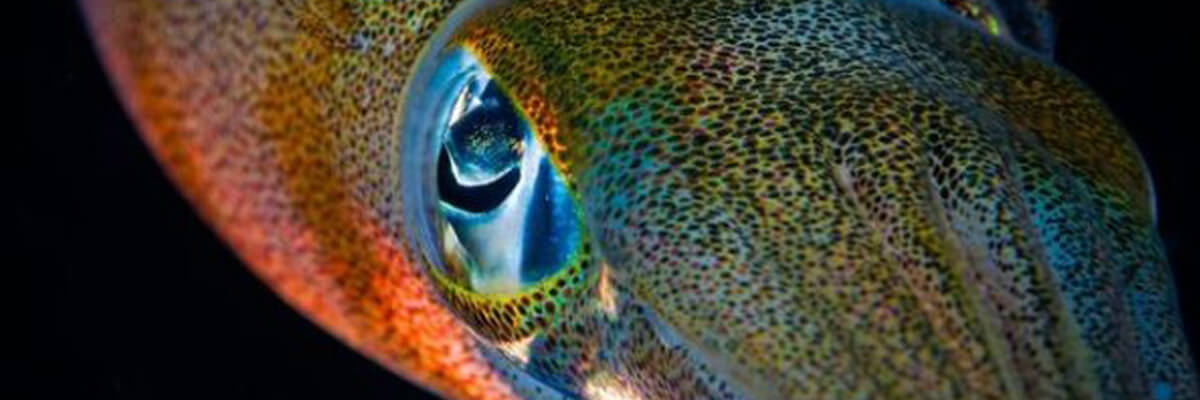The fires in Australia, the locust plague in East Africa, and the new crown virus swept the world... After many hardships in 2020, looking back at the opening remarks of Wandering Earth, it seems like a god's prophecy.
"These events are interrelated and closely related to the reduction of the earth's biodiversity." On May 24th, in a video connection across the ocean, Harris Lee, a member of the World Association of Top Scientists (WLA), a recipient of the 2011 Wolf Prize for Agriculture, and professor of evolution and ecology at the University of California, Harris Li Wen tells us.

Professor Li Wen proposed a large scientific project that he named "Earth Biogenome Project" (EBP's Earth Biogenome Project).
This 10-year, costing 5 billion US dollars, sequence, classify and classify the genomes of all 1.5 million known eukaryotes on the planet, will draw a DNA map of all living things on the planet, which is equivalent to Built the Earth Biology Library.
This research may lead to changes in medical treatment methods, solve the problem of global hunger, and create a new "Silicon Valley of Agricultural Science and Biotechnology" in the human backyard. Because of its groundbreaking and importance, EBP is known as the "Moon Landing Plan" of the biological world, and Professor Li Wen has also been rated as a "The Whole World Cataloger" by foreign media.
On May 22, on the 21st International Biodiversity Day, the United Nations announced this year's theme as "Nature, Life for All" (in the natural world). During this period, Professor Li Wen accepted our exclusive interview about the conservation and protection of biodiversity. The future of humanity and the current status of EBP projects and their long-term significance to biodiversity. At the same time, he also shared the current challenges of biology to the popularization of new crowns, and how the EBP project can help new crown pneumonia.
In April 2018, Professor Li Wen was in the Life Science Building at the University of California, Davis. He stood beside the 1998 sculpture by Clarksburg artist Roger Berry, which depicts a DNA sequence.
The unprecedented speed of global species extinction
Biodiversity (English: Biodiversity or Biological Diversity) is a broad concept that describes the degree of diversity in nature.
Although different scholars have different interpretations of biodiversity, it is undeniable that biodiversity resources are an important foundation for us to build civilization. Biological diversity is closely related to the food, therapeutic drugs, and quality of life on which we depend.
According to information published by the United Nations, the needs of at least 40% of the world’s economy and 80% of the world’s poor people come from biological resources. Most of the food, medicines, and raw materials needed for daily production and life are obtained from living things.
Biodiversity maintains ecological balance and maintains environmental stability; biodiversity is also an important object and driving force for human scientific research. In addition, the richer the diversity of life, the greater the chance of discovering new challenges such as drugs, economic development, and adaptation to climate change.
However, today's biodiversity is facing greater trouble than at any time in human history.
In 2019, the United Nations Intergovernmental Science-Policy Platform on Biodiversity and Ecosystem Services (IPBES) released the "Global Natural State Assessment" report. The report points out that of the 8 million species in the world, 1 million are threatened with extreme extinction due to human activities. The average rate of global extinction is tens to hundreds of times higher than in the past 10 million years.
UN Secretary-General Antonio Guterres said that as we humans invade nature and consume important habitats for animals and plants, more and more species are being put at risk. This also includes our humanity and the future we hope for.
